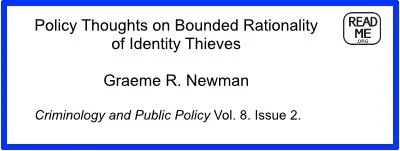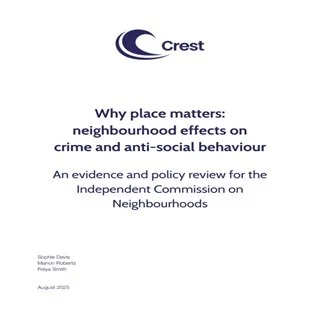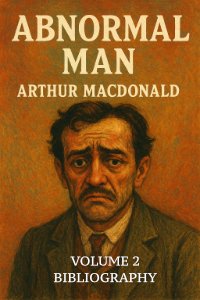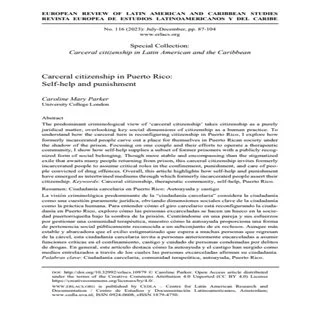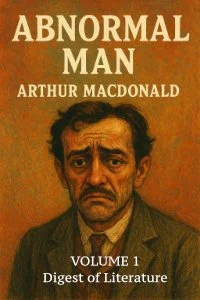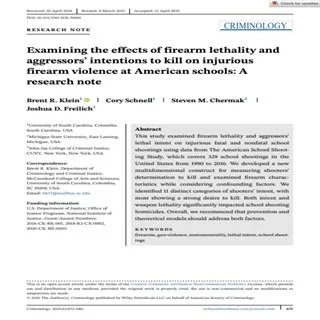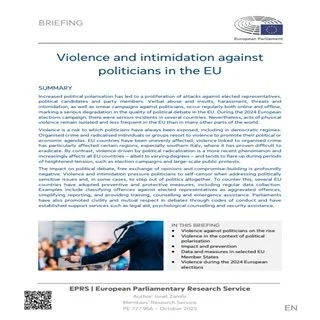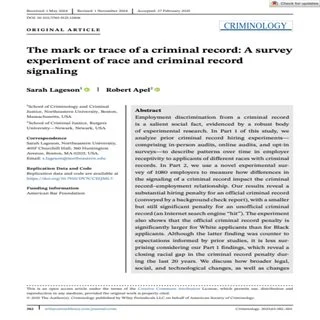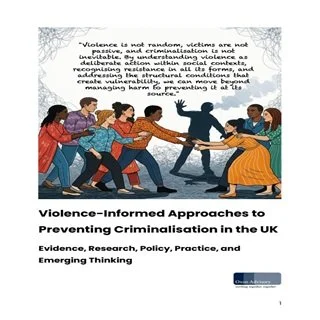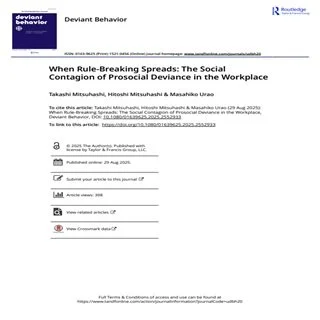By Barna Konkolÿ Thege|, Chaz Robitaille, Lujayn Mahmoud, Eden A. Kinzel, Rameen Qamar, Jamie Hartmann‐Boyce, Oliia Choy
Aggressive/antisocial behaviors in children and youth may result in impairments in family, social, or academic functioning and lead to long‐term negative consequences for both the individual and society as a whole. The potential of healthy dietand nutritional supplements to reduce aggression and antisocial behavior is an active area of study in nutritional mental health sciences. The goal of this systematic review is to (1) investigate the effectiveness/efficacy of nutritional interventions(dietary manipulation, fortification or supplementation) in reducing excessive aggression, antisocial behaviors, and criminal offending in children/youth (systematic review and meta‐analysis); and (2) provide an overview of implementation barriers and facilitators regarding nutritional interventions in children/youth (qualitative/narrative synthesis). After consulting theCampbell Collaboration's methodological guidelines, a comprehensive search for published and unpublished papers on controlled intervention studies was performed (up to February 26, 2024) using both electronic databases (MEDLINE,Embase, Cochrane Library, APA PsycInfo, Scopus, and the Allied and Complementary Medicine Database) and otherresources (e.g., Google Scholar, reference list of included studies and other reviews, websites of public health agencies). Thisstudy focuses on children and youth (up to the age of 24) presenting with an above‐average level of aggression/antisocial behavior. In terms of the intervention, we considered both dietary manipulation and nutritional supplementation with aduration long enough (minimum of 1 week) that a significant change in the individual's nutritional status could be expected.We included studies with a controlled design if, for outcomes, they reported on (1) behavioral‐level violence/aggression toward others in real‐life (non‐simulated) settings, (2) antisocial behaviors, or (3) criminal offending. Initial screening,checking for eligibility criteria, data extraction from, and risk of bias assessment for each eligible study were conducted independently by two reviewers. To perform the meta‐analysis, data from each original report were standardized(transformed into Hedges' g) so that results across studies could be meaningfully combined and interpreted. Data con-versions, computation of pooled effect sizes, and estimation of publication bias were conducted using the Comprehensive Meta‐analysis software (Version 4). Altogether, 51 reports (describing 50 individual studies) met our inclusion criteria, and72 effect sizes were extracted from these reports. Nutritional interventions with a broad target (e.g., broad‐spectrummicronutrient supplementation or general improvement in diet quality) had the most consistent and largest interventionThis is an open access article under the terms of the Creative Commons Attribution License, which permits use, distribution and reproduction in any medium, provided the original work is properly cited.© 2025 The Author(s). Campbell Systematic Campbell Systematic Reviews, 2025; 21:e70059
Campbell Systematic Reviews, 2025; 21:e70059 1 of 42



